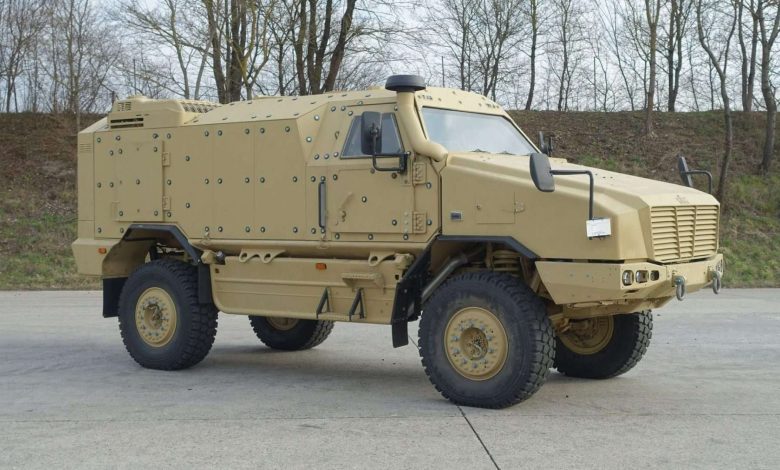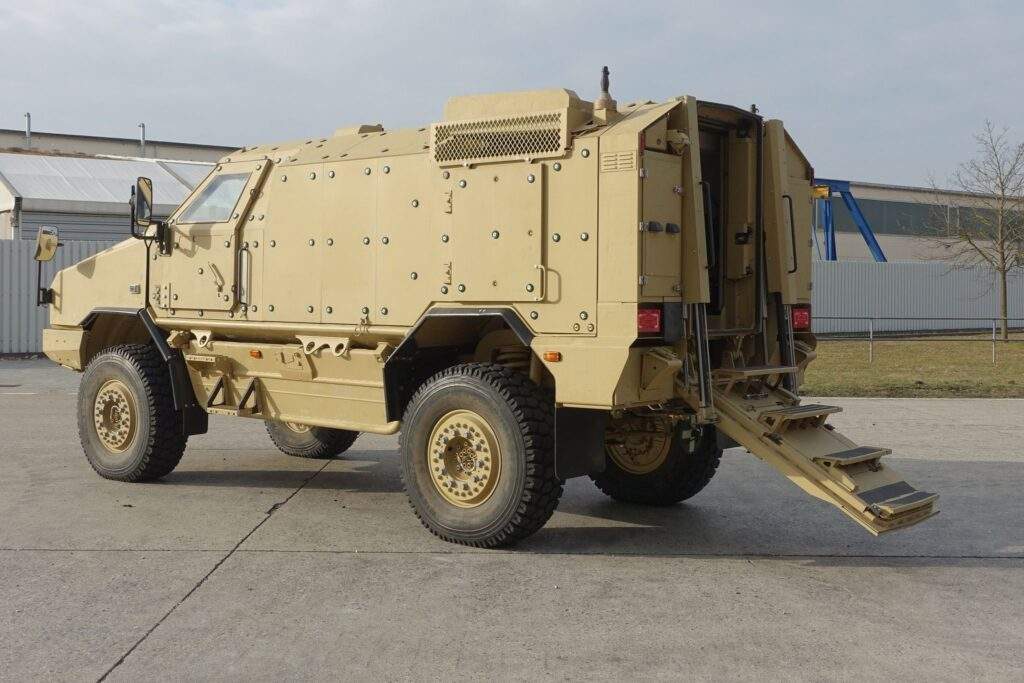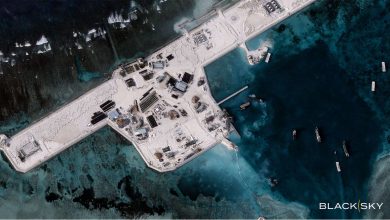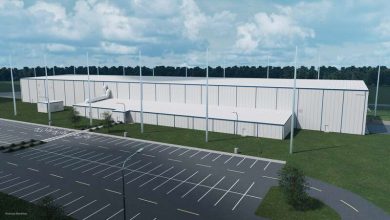
“Revolutionizing Combat: KNDS Introduces the Next-Gen Dingo 3 for the British Army”
In a quest to emerge as a significant player in the British Army’s plan to modernize its ground vehicle fleet, defense organization KNDS is advocating for its Dingo 3 armored personnel transport. They are offering both a more agile, compact 4×4 model and a larger 6×6 variant designed for troop mobility.
The British Army’s Land Mobility Initiative is actively seeking modern vehicles that can provide exceptional defense and advanced mobility solutions for their personnel. KNDS emphasizes that the Dingo 3 fulfills these criteria, highlighting its extensive operational history with over a thousand units currently deployed across ten nations, including challenging conflict zones such as Afghanistan and Ukraine. This extensive experience, they claim, demonstrates its reliability.
The Dingo 3 showcases the latest version of a storied vehicle, boasting improvements in payload capability, efficiency, and protective systems. It is built on the dependable Mercedes-Benz Unimog chassis, acclaimed for its ability to traverse challenging terrains—a critical feature for the British Army.
The compact 4×4 Dingo 3 is designed to achieve an optimal equilibrium between dimensions and power, capable of carrying a significant amount of supplies and personnel while being driven by a robust diesel engine. It comes equipped with cutting-edge safety mechanisms, including strong armor against various threats like mines and explosive ordnance, as well as protection against chemical, biological, radiological, and nuclear (CBRN) hazards. Its layout supports multiple configurations to adapt to various roles, such as command operations or medical evacuation.
The larger 6×6 Dingo 3 is tailored for troop transportation, offering enhanced internal space and protective features. It employs a similarly powerful engine and is already operational with several other European countries. Like its 4×4 sibling, it can be adapted for different missions and guarantees extensive defense against numerous threats.
If the British Army decides to select the Dingo 3, KNDS intends to produce and maintain the vehicles within the UK. This approach seeks to create job opportunities and strengthen partnerships within the British defense industry, potentially reflecting the ongoing collaboration between the UK and Germany on projects like the Boxer vehicle.

Ultimately, the British Army’s Land Mobility Initiative focuses on equipping its forces with the most effectively safeguarded vehicles to counter contemporary threats and collaborate seamlessly with allies. KNDS is one of several candidates vying for this crucial contract, with other companies like Rheinmetall/BAE Systems and General Dynamics also presenting their solutions.







